What is PPF & PPFD
If you just started exploring the horticultural lighting world, and you are not a seasoned plant scientist or a lighting expert, you might find the terms of acronyms to be somewhat overwhelming.
Since many talented Youtubers can walk us through several hours of movies in less than 2 minutes. Let's see what we can do for horticultural lighting.
Let's start with PPF. PPF Stands for photosynthetic photon flux, and it’s measured in umol/s. It refers to the photons emitted from a fixture at any given second. PPF is determined at the time the fixture is being designed and manufactured. PPF can only be measured in a special device called Integrated Sphere.
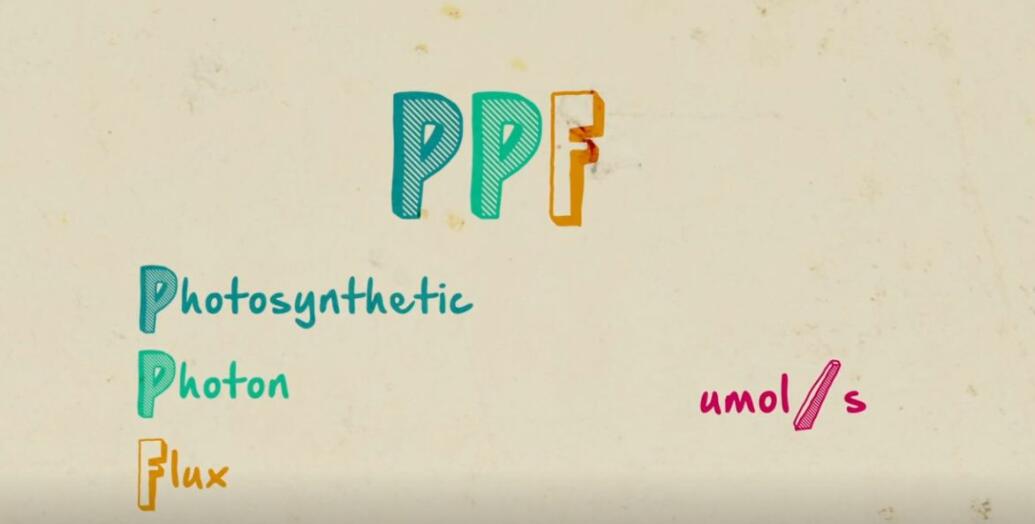
The other term you hear often-PPFD. PPFD stands for photosynthetic photon flux density. PPFD is measuring how much photons actually land on the canopy, with umol per second per square meter. PPFD can be measured by a sensor in the field and simulated by software. PPFD incorporates a lot of factors other than the fixture, including the mounting height and surface reflectance.
PPF essentially tells you how powerful the fixture is. But let’s be careful with the word, powerful. LED fixtures are semi-conductor material converting electricity to light. Two different fixtures may be rated the same power but they may generate different PPFs, and this determines efficacy. However greater efficacy does not equal to better lights. Efficacy speaks how efficient your fixture is during the conversion.
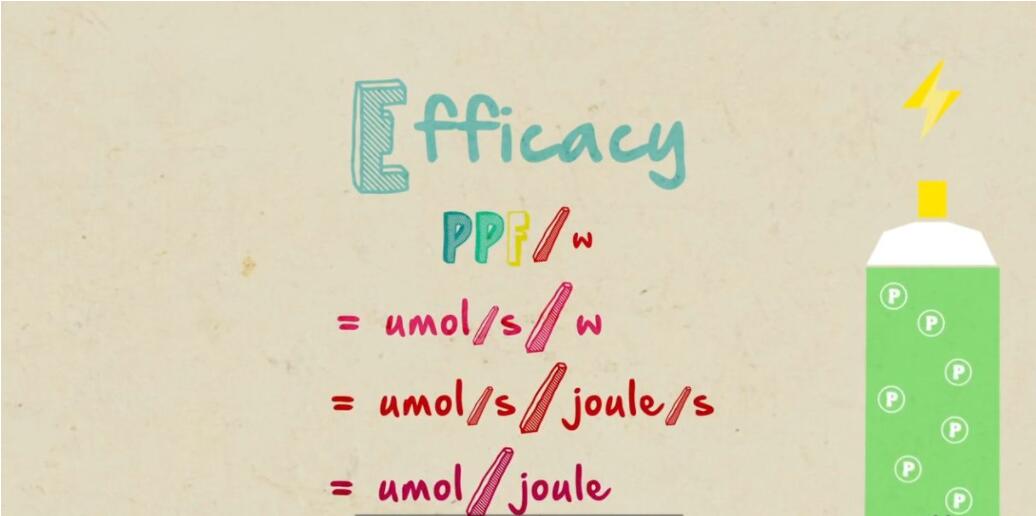
PPF speaks to the volume or quantity of photon output from the fixture. PPFD measures the quantity of photons that arrive at the plants.
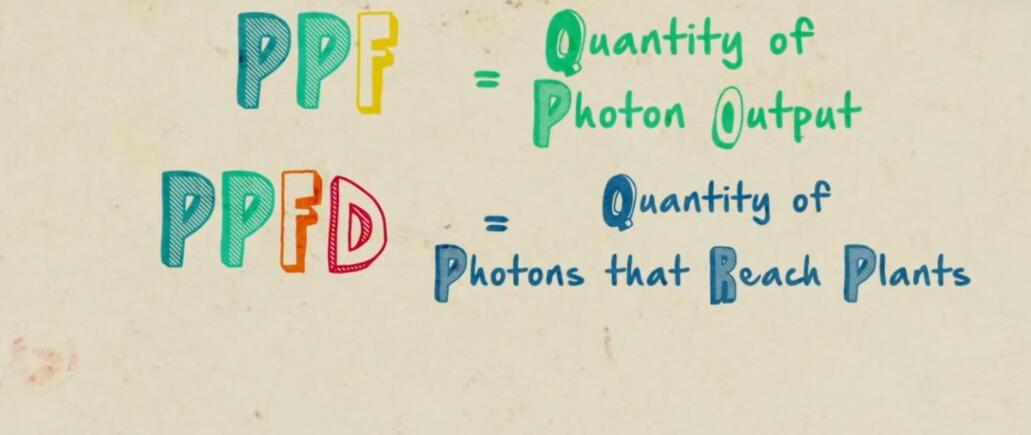
What's missing here is the quality of the light spectrum. Spectrum is referring to the distribution of photons at different wavelengths. And it’s measured by nanometers.Spectrum is important because plants are far more sensitive to the lights than humans. The way humans and plants interact with light is through a type of protein called Photoreceptors.
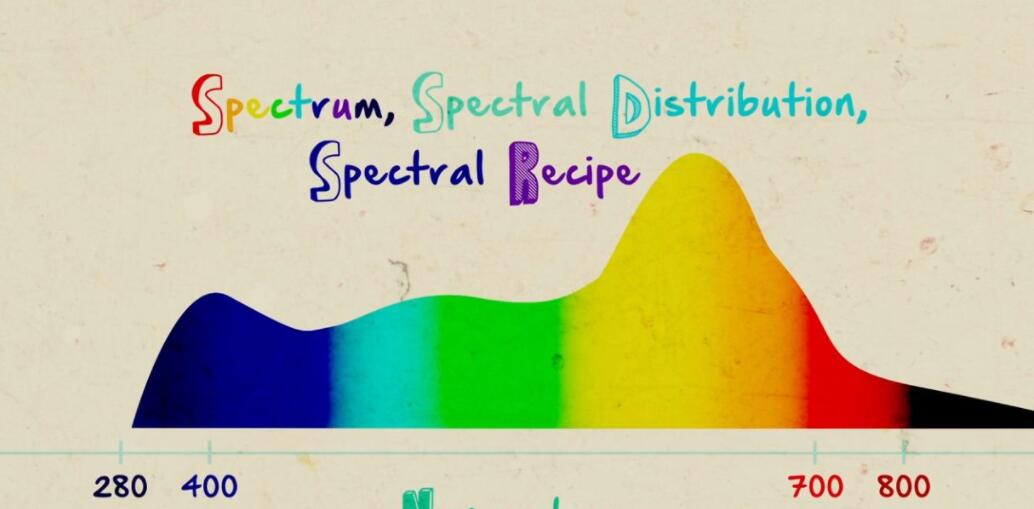
Humans have 5 Photoreceptors located on the retina. Plants have up to 13 photoreceptors depending on the variety. Humans have photoreceptors that respond to spectrum ranging between 400nm and 700nm. But plants can see a spectrum ranging from 280nm to 800nm.
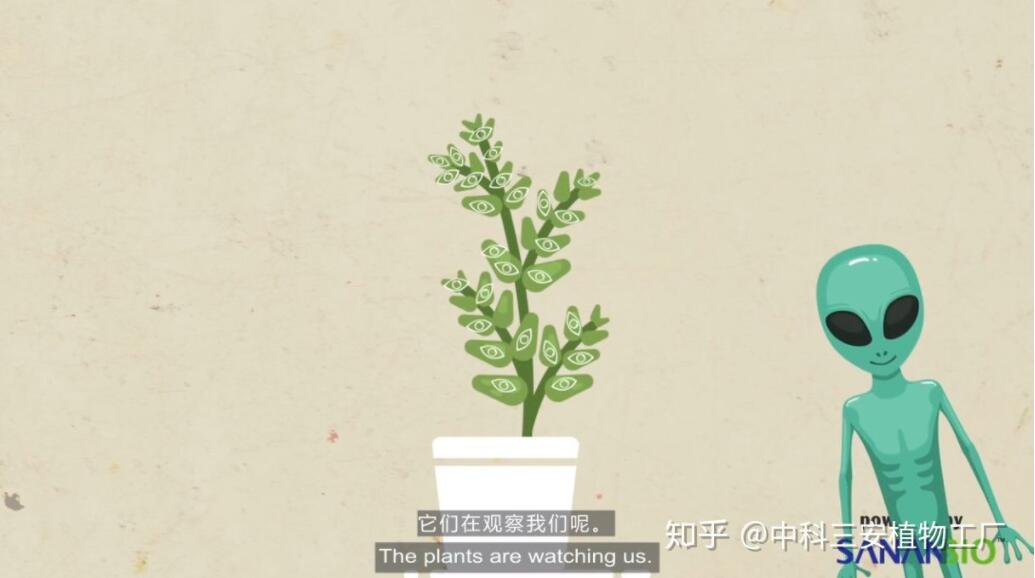
Humans' photoreceptors are located in retina and plants have their photoreceptors distributed all over their cells. Plants can see better. They also have many eyes. The plants are watching us. So let's use better lights such as quality full spectrum par30 plant growing LED bulb, quality full spectrum plant growing Par38 LED bulb.
Let's grow together.

